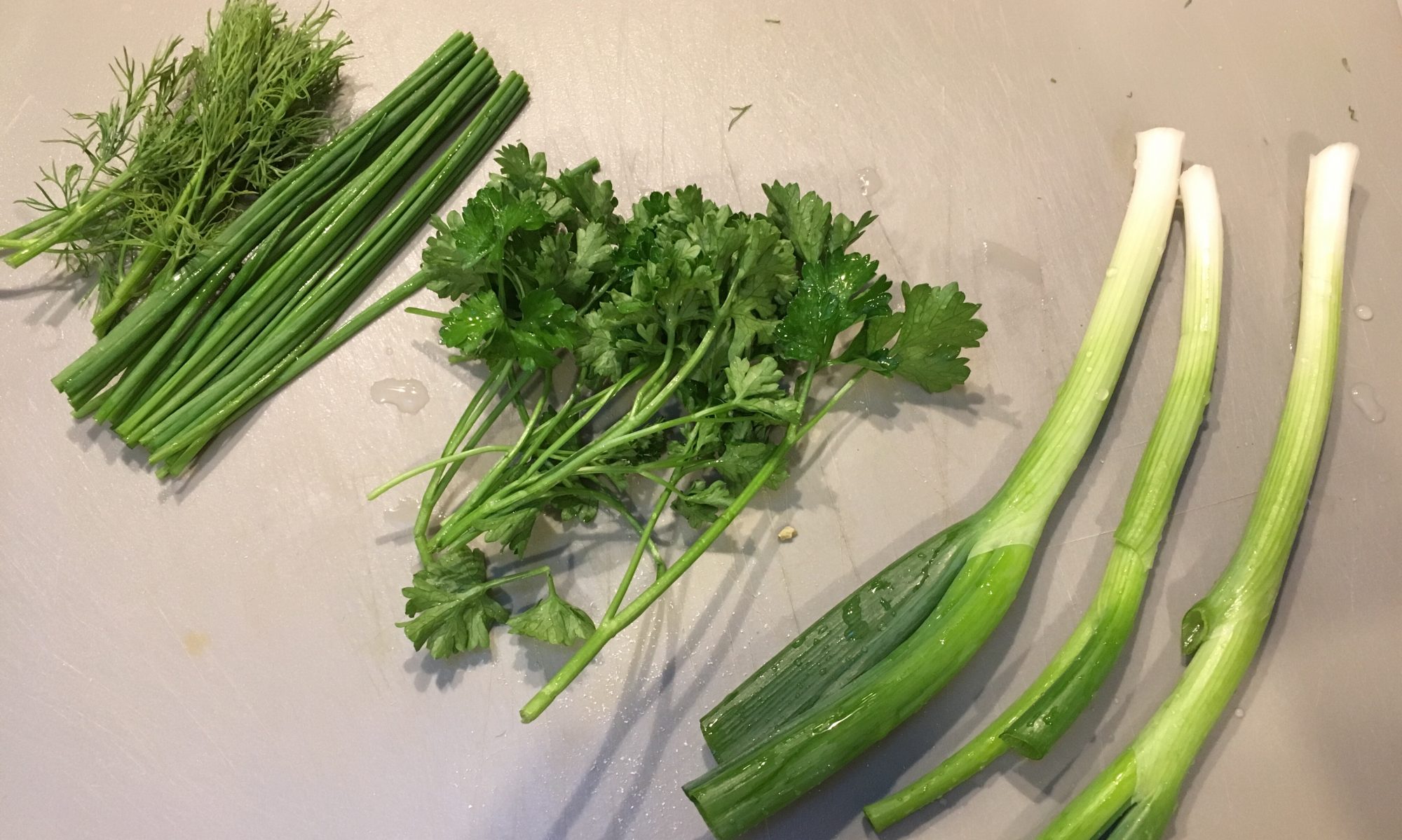Very moist bread; smells and looks a lot like the “classic German bread”, sour and dark-ish.
This was an experiment; I wanted to do something different and also to use things that I found in the cupboard, to avoid things going stale.
So I found barley grains and I wondered what could I do with them?
There are two recipes featuring barley in Dan Leppard’s “the handmade loaf” book; one used barley flour and the other one used barley grains. The one with the flour looked more like what I wanted to do, so… I decided to mix the two and see what would happen!
I initially didn’t plan on baking it in a tin, but the dough was extremely sticky, and no matter how much time I spent trying to knead, or slap and fold it, or how much oil I applied to my hands before kneading, or just simply how long I waited for the flour to absorb water, would help much in reducing the stickiness. At the end I just said “screw you, I’m going to place you in a tin and let you prove yourself!”—and yes, it’s totally acceptable to talk to your sourdough starters and/or breads ?
Ingredients
- 250g sourdough rye starter
- 300g water 20℃
- 300g strong white flour
- 125g cooked barley grains (100g of uncooked will produce ~300g, so you’ll have a nice excess for salads, soups, etc)
- 1 1/2 tsp sea salt
- 100g rye flour
Preparation
- If you haven’t cooked the grains yet, put them in a pot with water, cover, bring to a boil and then simmer for 45 minutes or until they’re tender (don’t allow them to disintegrate!). Then drain. (Alternatively, I guess you can use pre-cooked grains)
- In a big bowl, mix the sourdough starter and water together and dissolve.
- Add the salt, flours and the barley grains, and mix everything. Knead it a bit to finish mixing thoroughly.
- Then scrap any dough from your hands back to the bowl, cover and leave to rest for 10 minutes.
- Uncover, knead very lightly again (keep turning the dough around, in about 20 seconds), then leave to rest for 10 minutes. Do this a few times (2 or 3).
- If it goes well, each time you do this, the dough feels more elasticated and soft. If it DOESN’T and it’s damn sticky, then…
- give it some more time (perhaps 15 or 30 minutes), or
- try slap and fold, or…
- give up and place it in a tin, cover and leave the dough in a warm place to prove ?
- Set the oven to 200ºC, place the bread three quarters down from the top, and bake for about 45 minutes.
- Take the bread out of the tin and let it finish cooking and cool down over a rack so it ventilates and dries out properly.
Stats
- Bread number: 1 (in 2019)
- Looks: 6, very average looking. It didn’t raise much, holes pretty irregular, the folding isn’t very good. Decently browned outside. Crust is very thin and crumbles easily.
- Smells: 7, nicely sour.
- Tastes: 6, way less sour than you’d expect. No crunch, no chew. A touch too moist, it won’t absorb butter or oil or anything.
- Frustration level: 6. Quite annoying that it was so sticky, but at least the result is edible.
- Would I try baking this again? Maybe, but perhaps I’d try to add a touch of flour each time I could not knead easily.


One Reply to “Barley grains and rye bread”